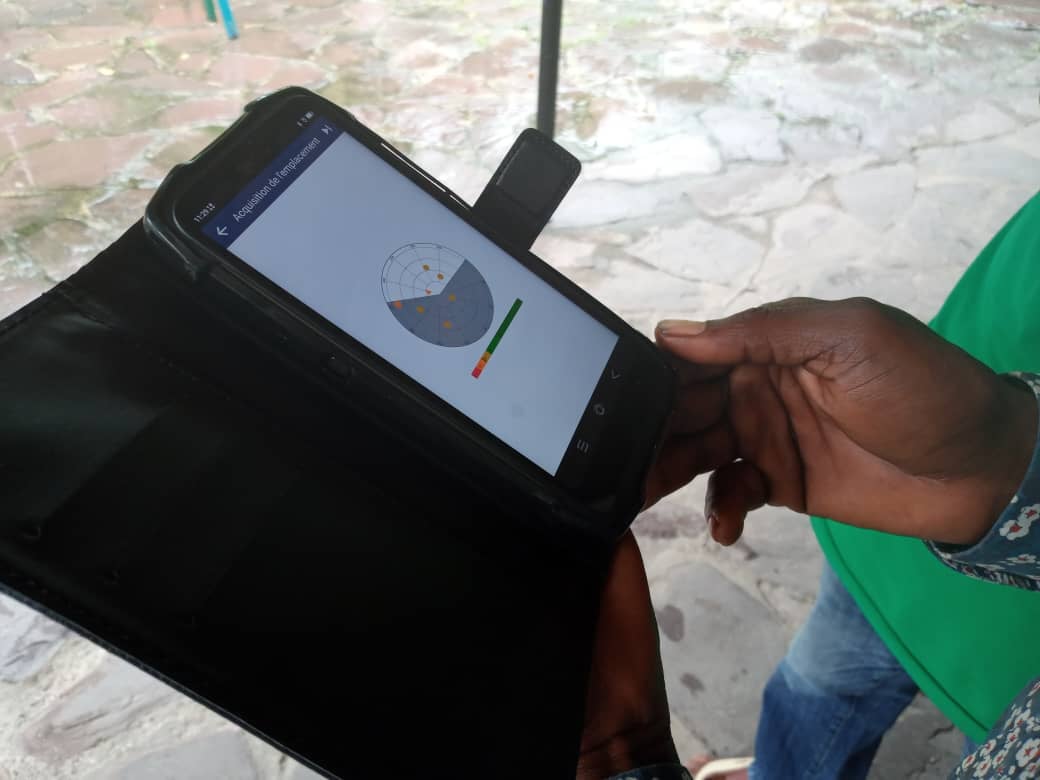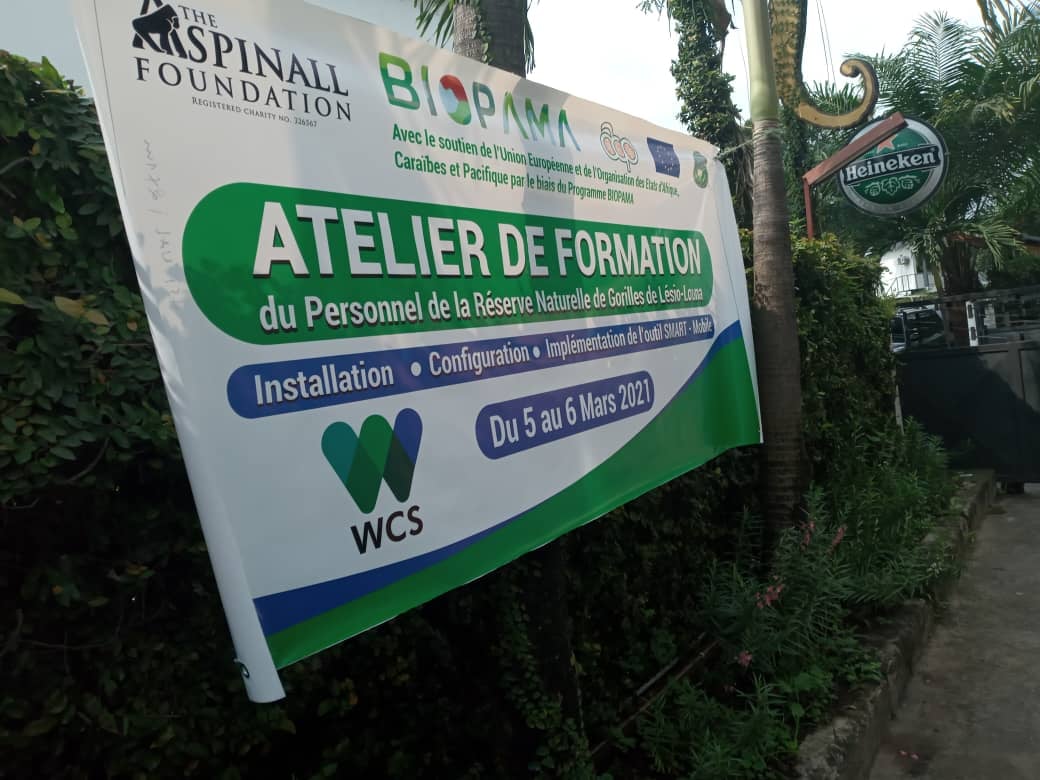The Aspinall Foundation has worked in the Republic of Congo since 1987, and our main project, 'Projet Protection des Gorilles', has reintroduced Critically Endangered western lowland gorillas to an area where they had been hunted to extinction. Over the past thirty years the pressures that face wildlife and natural habitats globally have not lessened, and are often the result of human activities. This is true for our project site at Lésio-Louna Wildlife Reserve in Congo, known as Reserve Naturelle De Gorilles De Lésio-Louna, which was created in 1999 as a gorilla sanctuary. For this reason, and through our long-term commitment to our project, we have sought to combine wildlife protection with local community support and development. Our objectives have become more achievable since our team in Congo became grateful recipients of financial support from the European Union and the Organisation of African, Caribbean and Pacific States through BIOPAMA.

Silverback Djeke in Lesio-Louna reserve - credit The Aspinall Foundation
As part of a 12 month project our team have been able to purchase a new all-terrain vehicle that will allow a significant increase in the coverage of Lésio-Louna by motorised patrols. This will increase the level of protection in the reserve and provide eco-guards with greater capacity to respond to incursions into the reserve by unauthorised vehicles, not just for the period of the project but for many years to come. We are waiting eagerly for delivery of the vehicle, which has already arrived in Congo and should be delivered to our site imminently.
The support we have received has also enabled us to advance the technology used by the patrols to take advantage of the new SMART system. The Spatial Monitoring and Reporting Tool (SMART) has been designed to improve anti-poaching efforts and overall law enforcement effectiveness in established conservation areas and management zones.

SMART technology smartphone - credit Berthin MBANGUI
Our transition to using this technology would not have been possible at this time without the help of #BIOPAMA which has enabled us to purchase the laptops, smartphones and GPS equipment needed. It has also funded training and in March our team were able to attend a special two-day training session.

SMART technology training day banner - credit Berthin MBANGUI

SMART technology team training - credit Berthin MBANGUI
Aside from the benefits it brings for protecting against illegal activities SMART technology is also a valuable conservation tool. Mobile data collection will be enhanced as our team will be able to quickly record georeferenced field data in one step, as well as capture georeferenced photos to validate their field observations. It can also be used to map and summarize ecological data which can then be easily exported for analysis. With the enhancement to our data collection and analysis capabilities we expect over time this will lead to an improvement in data-driven decision-making and enhance planning to make full use of our available resources.
The next step will be implementing the use of this new technology on live patrols and field training sessions will be held to ensure the eco-guards are able to make best use of the equipment. It will provide invaluable support in anti-poaching issues, such as the ability to integrate patrol data with intelligence data to provide a more complete picture of illegal activities and the perpetrators.
This strengthening of patrol capacity has come at a crucial time. The coronavirus pandemic is fuelling an increase in both poaching and damage to habitats in many protected areas, and the pressure on our teams protecting the reintroduced gorillas and the improving biodiversity of the wildlife at Lésio-Louna reserve is immense.
You can see more about our project with BIOPAMA here and here.

This article has been produced with the financial assistance of the European Union and the Organisation of African, Caribbean and Pacific States through the BIOPAMA Programme The contents of this document are the sole responsibility of The Aspinall Foundation and can under no circumstances be regarded as reflecting the position of the European Union nor of the Organisation of African, Caribbean and Pacific States.

